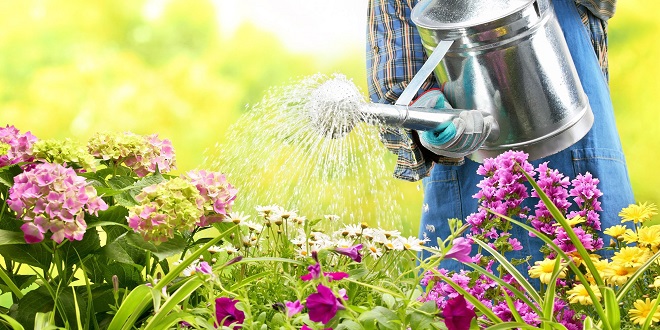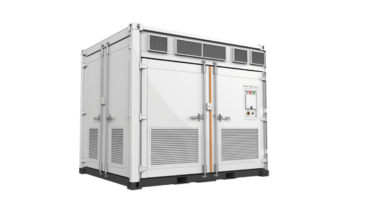Tips for Watering Wisely: How to Save Water and Keep Your Plants Healthy

As a gardener, you know that watering your plants is crucial to their growth and health. However, keeping up with the task can be challenging with busy schedules and varying weather conditions. Fortunately, the latest watering technology can help you maximize your garden’s potential and simplify your gardening routine.
Water is essential for plant growth, but overwatering can be as harmful as underwatering. With the increasing concern for water conservation, it’s vital to water wisely. One way to do this is by using tap timers. These devices can be attached to your outdoor faucet to control water flow to your garden or lawn. Before you learn about timers, understand the importance of watering effectively.
The Importance of Efficient Watering
Water is a precious resource, becoming increasingly scarce in many regions worldwide. In addition to being environmentally responsible, using water efficiently can also help you save time and money. When gardening, efficient watering is critical to maintaining healthy plants while conserving water.
Efficient watering can save time and water while promoting healthy plant growth. It can also help prevent over-watering and under-watering, common problems with manual watering.
The problems with manual watering
Manual watering can be inconsistent in water distribution, and there is a higher potential for human error. Moreover, it can be a time-consuming and inconsistent process, and it’s accessible to over-water or under-water plants, which can cause root rot, fungal diseases, and stunted growth. In addition, manually watering your garden can be a chore, especially if you have a large plot of land to maintain.
Understanding Your Plants’ Watering Needs
Different plants require different amounts of water. Some plants prefer moist soil, while others prefer dry soil. Overwatering can deteriorate roots, which can kill your plants, and underwatering can cause your plants to wilt and die. To avoid these problems, you must understand your plants’ watering needs.
Types of Plants
There are three types of plants based on their water requirements.
- Drought-tolerant plants require little water and are ideal for dry climates. Examples of drought-tolerant plants include cacti, succulents, and some herbs.
- Moderate-water-use plants require more water than drought-tolerant plants but less than high-water-use plants. Examples of moderate-water-use plants include most vegetables, shrubs, and flowers.
- High-water-use plants require a lot of water and are ideal for wet climates. Examples of high-water-use plants include most fruit trees, ferns, and some flowers.
Soil Type
The type of soil you have also affects your plants’ watering needs. Sandy soil drains quickly, requiring more frequent watering than clay soil, which retains water for longer periods. Loamy soil is ideal for most plants because it contains water while allowing for good drainage.
Time of Day
The time of day you water your plants can also affect their health. Watering in the hottest part of the day can cause the water to evaporate before it reaches the roots, while watering at night can promote the growth of fungi and bacteria. The ideal time to water your plants is in the morning when the temperature is cooler and there is less wind.
Using Tap Timers to Water Wisely
An excellent tool for watering your plants are tap timers, and they allow you to control the water flow to your garden or lawn, ensuring that your plants get the right amount of water. Here are some tips for using timers to water wisely.
Wrapping up
Efficient watering is critical to maintaining healthy plants while conserving water. Investing in automated watering solutions can save time and money while promoting healthy plant growth.





